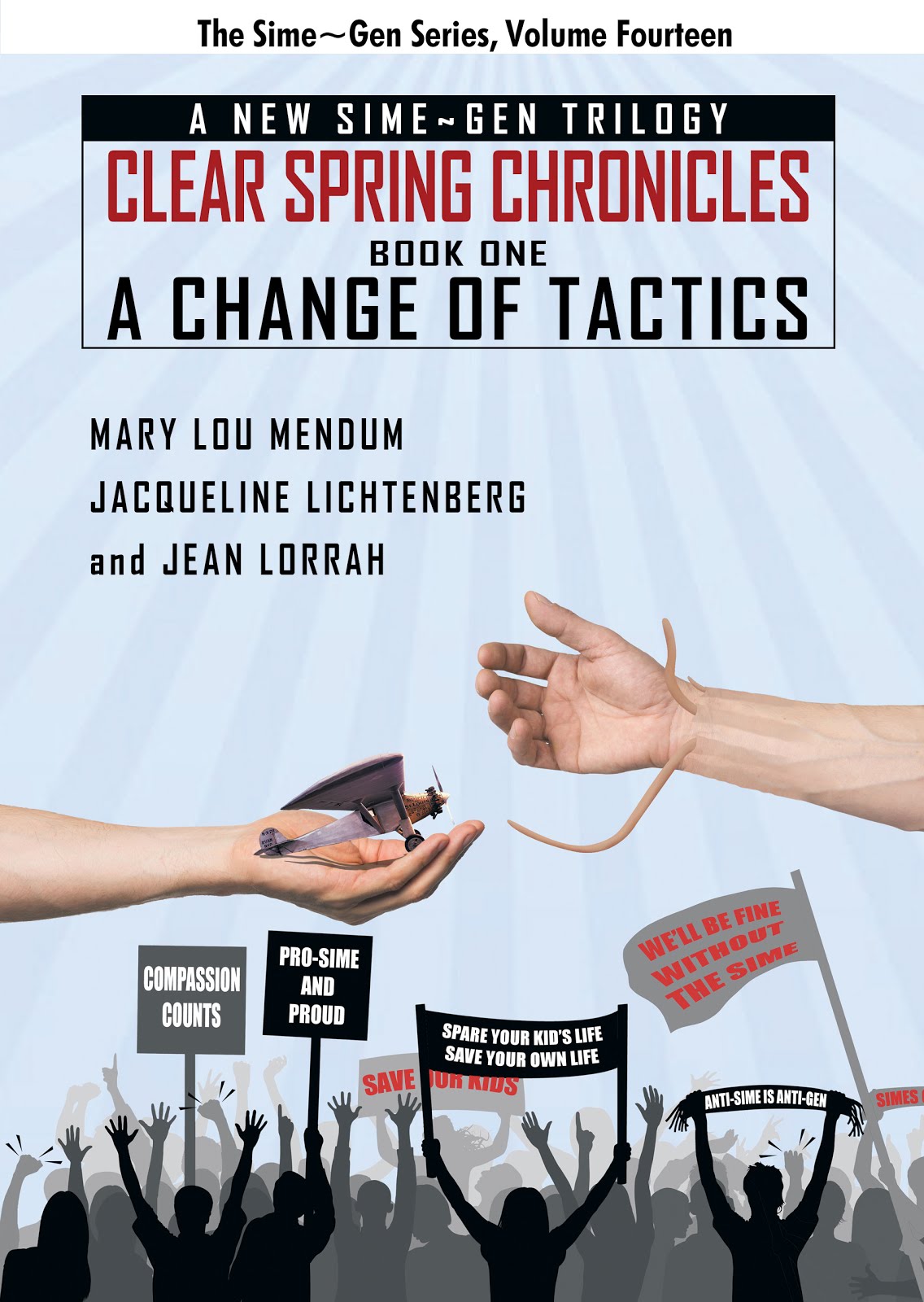This entry is my comment on an opening 10 page assignment for a script contest http://cowritescript.com/ for 2009. The premise given to be fulfilled by the entry was:
Movie Premise: Determined to be a high-level Jason Bourne type operative, an awkward teenager enlists the help of a mysterious, supposed ex-CIA agent in his hometown and finds himself entangled in a dangerous plot that is way over his head
One of the contestants has posted an entry here:
I have read http://www.leansixsigma.com.au/Screenplay.html
And I have many observations (plenty of praise too), but there's no way to comment back to the author on his own page. I think Bourne To Spy (great title) is "better" (in terms of sticking to the premise) than the winner, but I see many reasons why this would not make a good film script opening.
I think judges would dismiss it on page one because of one intrinsic conceptual flaw.
The biggest problems lie not in the writing, per se, but in the handling of the concept. That could be wholly a matter of personal taste, though.
What I think is funny is not necessarily what teens think is funny.
Here's the problem I see. Bourne to Spy puts the "comedy" element into the premise rather than into the acting itself and the basic situation.
It makes the premise look "silly" rather than making the perfectly believable characters face a totally serious situation wherein they must use their sense of humor (and understanding of Divine humor) to solve the problem.
That is, this is a different genre of comedy than the ones that I find funny. (taste, you see)
This opening contains a type of writing artifact called by some being "on the nose" -- what you are saying is just too up front, to in-the-face of the audience. It's too blatant to be funny.
Consider the principle of charging a lot of money for something -- making it seem valuable to the customer and thus getting more respect for your product. When you job hunt, don't under-price yourself.
It works the same in fiction. What the reader/viewer has to work to extract from the story will seem important, memorable, impressive, and ultimately produce that huge ROTFL effect in the final scene.
You need to get the viewer to invest in following your story - to anticipate what will happen next and wait with baited breath to find out.
Laughter is at the threshold of pain. To get a laugh, you don't just bash people over the head, you have to crank up the pain slowly, sneak up on the viewer, bash them from behind with a punch line. Part of the technique is foreshadowing, laying pipe as Blake Snyder says.
My reaction to BOURNE TO SPY is simply that tells us too much up front.
As a result of that, the real story gets buried in overly long, abstract dialogue bits such as McCoy's speech on page 6.
This is TELL NOT SHOW. Films are stories-in-pictures. Here the information the viewer needs to know is dumped in a long speech - no pictures. Worse, the viewer really hasn't been teased into wanting to know what McCoy is talking about.
This is a result of the writer writing himself into a corner. At that point in the plot development, there is no other way to insert this plot element.
Another instant-reject for BOURNE TO SPY is (probably the same thing wrong with my entry) too much dialogue.
Professional producers scan pages for the proportion of action to dialogue and want to see a balance that's just exactly "so" because that bespeaks a pacing of the film that will work.
I haven't got the knack of that yet, but if you want to see my attempt at this premise, I've posted it on my screenwriting website at http://www.slantedconcept.com/samples/contest-entries/NoRibbonsAttached.html
Please reply with comments about my entry here on my writing blog.
Jacqueline Lichtenberg
http://www.slantedconcept.com
Oh BOI !
2 days ago















